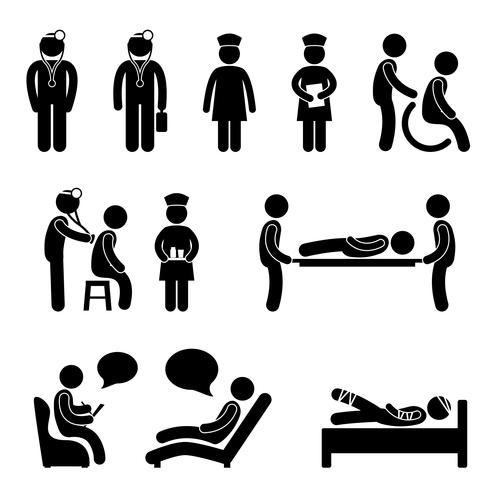Do Antidepressants Change Personality
Do Antidepressants Change Personality
Blog Article
How Do State Of Mind Stabilizers Work?
Mood stabilizers help to relax locations of the brain that are affected by bipolar disorder. These drugs are most efficient when they are taken on a regular basis.
It may take a while to discover the appropriate medication that works best for you and your physician will certainly check your problem throughout treatment. This will involve routine blood tests and potentially an adjustment in your prescription.
Neurotransmitter regulation
Neurotransmitters are a group of chemicals that control each other in healthy and balanced people. When levels become unbalanced, this can result in state of mind conditions like clinical depression, anxiousness and mania. State of mind stabilizers aid to stop these episodes by helping regulate the balance of these chemicals in the brain. They likewise may be utilized together with antidepressants to boost their performance.
Drugs that function as state of mind stabilizers consist of lithium, anticonvulsants and antipsychotics. Lithium is probably one of the most well known of these drugs and jobs by influencing the circulation of sodium through nerve and muscular tissue cells. It is most often utilized to treat bipolar illness, yet it can additionally be helpful in treating other mood disorders. Anticonvulsants such as valproate, lamotrigine and carbamazepine are also reliable state of mind maintaining medicines.
It can spend some time to locate the ideal sort of drug and dose for each individual. It is necessary to collaborate with your physician and participate in an open dialogue concerning just how the drug is benefiting you. This can be specifically practical if you're experiencing any type of adverse effects.
Ion network modulation
Ion networks are a significant target of mood stabilizers and many various other medications. It is currently well developed that they are vibrant entities that can be regulated by a selection of external stimuli. Furthermore, the modulation of these channels can have a range of temporal effects. At one extreme, modifications in gating dynamics might be fast and instantaneous, as in the nicotinic acetylcholine receptor/channel system. At the other end of the range, covalent adjustment by protein phosphorylation might lead to adjustments in network feature that last much longer.
The field of ion channel modulation is getting in a duration of maturity. Recent studies have demonstrated that transcranial focused ultrasound (US) can stimulate neurons by activating mechanosensitive potassium and sodium channels embedded within the cell membrane layer. This was demonstrated by expressed networks from the two-pore domain name potassium family members in Xenopus oocytes, and concentrated US significantly regulated the present streaming with these channels at a holding voltage of -70 mV (right panel, relative impact). The outcomes are consistent with previous observations revealing that antidepressants impacting Kv networks control glia-neuron communications to opposite depressive-like habits.
Neuroprotection
State of mind stabilizers, like lithium, valproic acid (VPA), and carbamazepine, are essential in the therapy of bipolar disorder, which is characterized by frequent episodes of mania and clinical depression. These drugs have neuroprotective and anti-apoptotic residential or commercial properties that aid to prevent cellular damage, and they additionally boost mobile resilience and plasticity in dysfunctional synapses and neural circuitry.
These protective actions of mood stabilizers might be moderated by their inhibition of GSK-3, inositol signaling, and HDAC activity. Moreover, lasting lithium therapy safeguards versus glutamate excitotoxicity in cultured neurons-- a design for neurodegenerative problems.
Researches of the molecular and cellular effects of mood stabilizers have revealed that these medicines have a wide range of intracellular targets, consisting of numerous kinases and receptors, as well as epigenetic modifications. Further study is needed to figure out if state of mind stabilizers have neurotrophic/neuroprotective activities that are cell kind or wiring certain, and just how these effects might complement the rapid-acting healing action of these agents. This will certainly help to develop brand-new, faster acting, extra effective therapies for psychiatric ailments.
Intracellular signaling
Cell signaling is the process by which cells interact with their environment and various other cells. It entails a sequence of action in which ligands communicate with membrane-associated receptors and bring about activation of intracellular pathways that regulate crucial downstream cellular features.
Mood stabilizers act upon intracellular signaling through the activation of serine-threonine healthy protein kinases, resulting in the phosphorylation of substratum proteins. This activates substance abuse counseling signaling waterfalls, leading to adjustments in gene expression and mobile function.
Lots of state of mind stabilizers (including lithium, valproate and lamotrigine) target intracellular signaling paths by preventing specific phosphatases or turning on specific kinases. These impacts create a reduction in the task of these pathways, which brings about a reduction in the synthesis of particular chemicals that can impact the mind and result in signs of clinical depression or mania.
Some mood stabilizers likewise function by improving the task of the repressive neurotransmitter gamma-aminobutryic acid (GABA). This improves the GABAergic transmission in the brain and minimizes neural task, thus generating a soothing result.